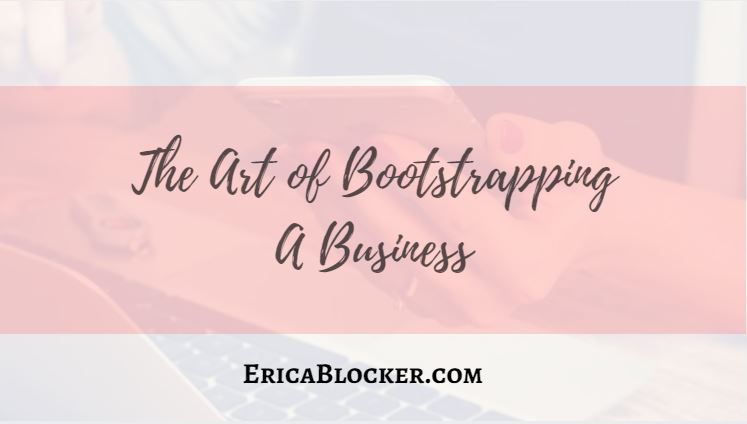
Bootstrapping is a term used by startups – usually in the technology sector – to describe the process of starting a business with little to no money. And there are lots of things to take away from the idea, even if you are just running a small, part-time home-based operation. The vast majority of first-time entrepreneurs believe that you need 5- or 6-figure sums to get started, but the reality is very different. In fact, 80 percent of all successful new businesses start with virtually nothing – often for less than $10K. With this in mind, here are a few ideas for bootstrapping that can help any business.
Start from the ground up.
Rookie business owners have a habit of starting with the biggest possible market and working all their math out from the top. This is deeply unrealistic. Instead, think from the bottom up. For example, instead of saying ‘2 million business owners are looking for SEO services – that’s my market,’ try taking a different approach. Working out how many hours you can spend working on other people’s SEO will give you a much more realistic and achievable figure.
Cash flow is better than profit.
Most people will tell you that profit is the most important part of being in business. The truth is that everything you buy, service or sell is achieved with cash. So cash flow is the most important part of bootstrapping. Taking the SEO business example again, you will need to pay for automated software, SEO tools and advertising to grow your business – none of which is achievable if you don’t have access to cash. Look at raising money through short sales cycles, payment terms and find recurring revenue, rather than looking for that one big contract that takes 6-12 months to cash in.
Under-staff
It’s better to have too few people doing lots of work than it is to have too many people twiddling their thumbs. Be careful when you are hiring as wages and benefits are a huge cost that will quickly eat into your cash flow. Look to outsource when you need something done. Managed IT services will be a controlled cost, hiring freelancers will cost you per project, and you won’t have to pay anyone for doing nothing. Save your hiring for when you can afford it.
Plan around your budget, not your wishes
It’s easy to get sucked into the entrepreneurial world and start wishing for a wealthy investor to stick millions into your business idea. But it rarely happens. Be realistic and plan your business activities around what you can afford. Get it written down – people who start businesses with no plans almost always spend more money – it’s that simple. You can get a lot more done than you might think with relatively small money. Start out making sure you know where you are spending every dime. This will serve you well as your business grows.








